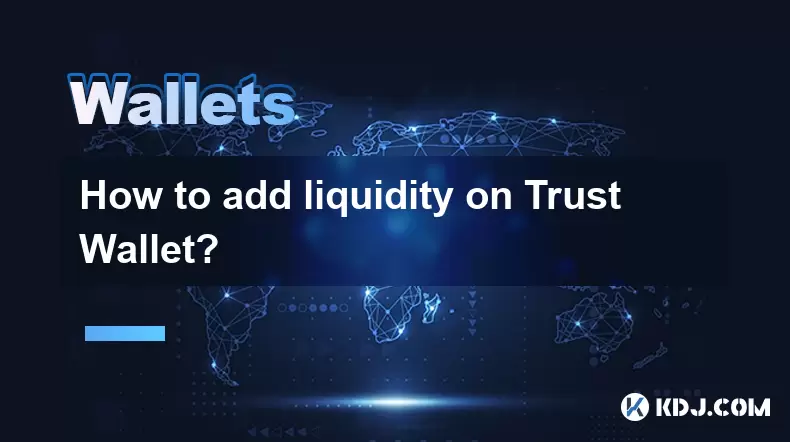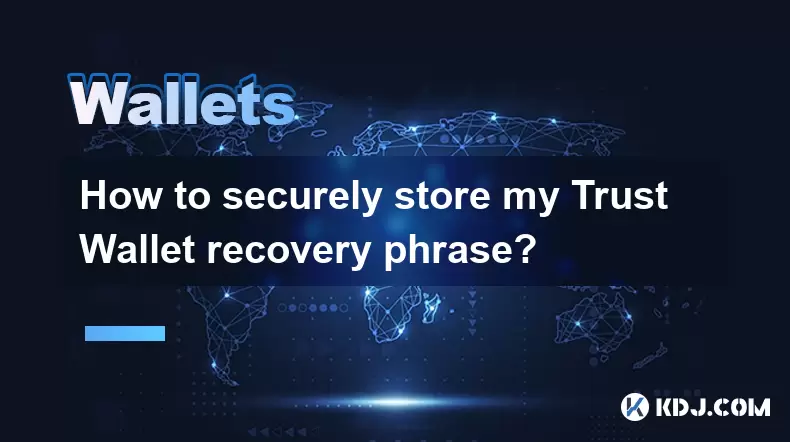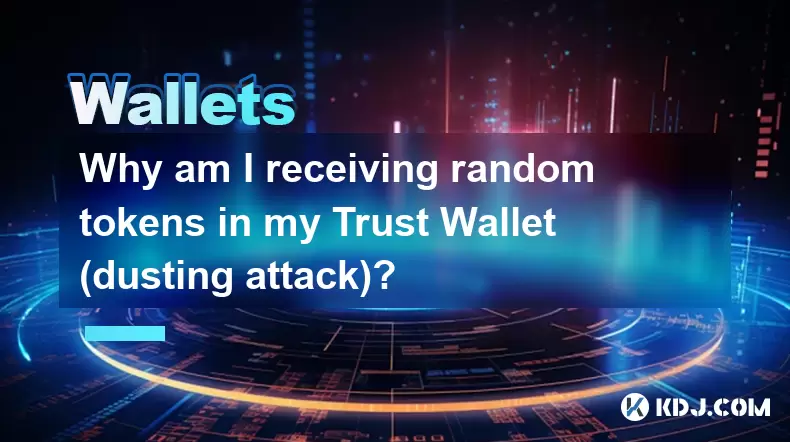-
 Bitcoin
Bitcoin $114200
0.00% -
 Ethereum
Ethereum $3637
0.56% -
 XRP
XRP $2.950
-2.01% -
 Tether USDt
Tether USDt $0.9999
0.02% -
 BNB
BNB $761.0
0.55% -
 Solana
Solana $164.1
-1.38% -
 USDC
USDC $0.9999
0.02% -
 TRON
TRON $0.3332
0.36% -
 Dogecoin
Dogecoin $0.2012
-0.52% -
 Cardano
Cardano $0.7261
-1.41% -
 Hyperliquid
Hyperliquid $37.62
-2.13% -
 Stellar
Stellar $0.3930
-2.65% -
 Sui
Sui $3.441
-0.16% -
 Bitcoin Cash
Bitcoin Cash $563.8
0.70% -
 Chainlink
Chainlink $16.50
0.09% -
 Hedera
Hedera $0.2424
-0.14% -
 Ethena USDe
Ethena USDe $1.001
0.01% -
 Avalanche
Avalanche $22.20
0.00% -
 Litecoin
Litecoin $118.0
-2.48% -
 UNUS SED LEO
UNUS SED LEO $8.991
0.12% -
 Toncoin
Toncoin $3.195
-3.87% -
 Shiba Inu
Shiba Inu $0.00001217
0.12% -
 Uniswap
Uniswap $9.674
-0.21% -
 Polkadot
Polkadot $3.633
1.00% -
 Monero
Monero $295.3
-0.82% -
 Dai
Dai $0.9999
0.00% -
 Bitget Token
Bitget Token $4.321
-0.41% -
 Cronos
Cronos $0.1392
0.73% -
 Pepe
Pepe $0.00001027
-0.89% -
 Aave
Aave $258.5
0.32%
How to add liquidity on Trust Wallet?
Trust Wallet lets you add liquidity on DEXs like PancakeSwap by connecting via WalletConnect, approving tokens, and supplying a token pair to earn fees.
Aug 06, 2025 at 11:14 am

Understanding Liquidity in Decentralized Finance (DeFi)
In the world of decentralized finance (DeFi), liquidity refers to the availability of assets in a trading pair on a decentralized exchange (DEX). When users add liquidity, they deposit an equal value of two tokens into a liquidity pool, enabling others to trade between them. In return, liquidity providers (LPs) earn a portion of the transaction fees generated by that pool. This process is fundamental to the operation of automated market makers (AMMs) like PancakeSwap or Uniswap. Trust Wallet, while primarily a cryptocurrency wallet, integrates with various DEXs to allow users to participate in liquidity provision directly from the app.
Prerequisites for Adding Liquidity via Trust Wallet
Before adding liquidity through Trust Wallet, certain conditions must be met. Users must have Trust Wallet installed on their mobile device and possess a funded wallet with at least two tokens that form a valid trading pair on a supported DEX. For example, to provide liquidity on Binance Smart Chain (BSC), one might need BNB and BUSD. It is crucial to ensure that both tokens are on the same blockchain network. Trust Wallet supports multiple networks, including Ethereum, BSC, Polygon, and others, so users must verify that the tokens and the DEX they plan to use operate on the same chain. Additionally, users must have a small amount of the network’s native token (e.g., BNB for BSC) to cover transaction gas fees.
Accessing a Decentralized Exchange Through Trust Wallet
Trust Wallet does not have a built-in liquidity pool interface. Instead, it acts as a gateway to external DEX platforms. To begin, open the Trust Wallet app and tap the “Browser” tab located at the bottom of the screen. In the search bar, enter the URL of a compatible DEX such as PancakeSwap (for BSC) or Uniswap (for Ethereum). Ensure the URL is correct to avoid phishing scams. Once the site loads, look for the “Connect Wallet” option. Select “WalletConnect” when prompted. A QR code will appear on the screen. Use the Trust Wallet app’s scanner—accessed by tapping the scanner icon in the top-right corner—to scan the code. After scanning, confirm the connection within the app. The DEX will now recognize your wallet.
Navigating to the Liquidity Section on the DEX
After successfully connecting Trust Wallet to the DEX, locate the “Liquidity” section. On PancakeSwap, this is typically found in the main navigation menu. Click “Add Liquidity” to proceed. The platform will prompt you to select two tokens for the liquidity pair. Begin typing the name or symbol of the first token in the upper field. If the token is not automatically listed, you may need to import it manually by pasting its contract address. Repeat the process for the second token. The DEX will automatically calculate the equivalent value needed for the second token based on the price ratio. Ensure the balance of both tokens is sufficient before continuing.
Approving Tokens and Confirming the Liquidity Transaction
Once the token pair and amounts are set, the next step involves approving each token for use by the DEX’s smart contract. Even if you’ve used the tokens before, a separate approval is required for liquidity provision. Tap the “Approve” button for the first token. A transaction request will appear in Trust Wallet. Review the details, including the gas fee, then tap “Confirm”. Repeat this process for the second token. Approval transactions are on-chain and require gas. After both approvals are confirmed on the blockchain, return to the liquidity page. Now, click “Supply” or “Add Liquidity”. Another transaction prompt will appear in Trust Wallet. Carefully review the estimated amounts, slippage tolerance (usually set between 0.5% and 1%), and gas cost. Tap “Confirm” to execute the transaction. Once confirmed, the DEX will issue LP tokens to your wallet, representing your share of the pool.
Managing and Removing Liquidity
LP tokens can be viewed in Trust Wallet by enabling the relevant network and ensuring token visibility. To remove liquidity later, return to the DEX’s liquidity section and select “Remove Liquidity”. Choose the pool associated with your LP tokens. Enter the percentage or amount of liquidity you wish to withdraw. The system will display the corresponding amounts of each token you’ll receive. Initiate the transaction, confirm it in Trust Wallet, and after processing, the tokens will be returned to your wallet. Be aware that impermanent loss may occur if the price ratio of the tokens has changed significantly since depositing. Also, each action—adding, removing, or adjusting liquidity—incurs a gas fee.
Frequently Asked Questions
Can I add liquidity directly within the Trust Wallet app without using a DEX?
No, Trust Wallet does not support direct liquidity provision. It serves as a wallet and browser interface. Users must connect to a decentralized exchange like PancakeSwap or Uniswap through the in-app browser to add liquidity.
What happens to my LP tokens after adding liquidity?
Your LP tokens are automatically sent to your Trust Wallet address. They represent your share of the liquidity pool and must be held to claim fees or withdraw your assets later. Do not send them to anyone, as they are essential for reclaiming your deposited funds.
Why do I need to approve tokens before adding liquidity?
Token approval grants the DEX’s smart contract permission to access and transfer your tokens. This is a security mechanism on blockchains like Ethereum and BSC. Each new DEX or function requires separate approval, even for the same token.
How can I check my earned trading fees from liquidity provision?
On the DEX platform, navigate to the “Liquidity” or “Positions” section. Your active pool will display accumulated fees. These fees are automatically included when you remove liquidity, and you cannot claim them separately without withdrawing part of your position.
Disclaimer:info@kdj.com
The information provided is not trading advice. kdj.com does not assume any responsibility for any investments made based on the information provided in this article. Cryptocurrencies are highly volatile and it is highly recommended that you invest with caution after thorough research!
If you believe that the content used on this website infringes your copyright, please contact us immediately (info@kdj.com) and we will delete it promptly.
- Binance, CZ, and the FTX Fallout: The $1.8 Billion Question
- 2025-08-06 18:30:12
- Brendan Rodgers, Celtic, and the Greg Taylor Role: A Tactical Conundrum
- 2025-08-06 18:50:12
- Coinbase Stock, Investment, and Earnings: Navigating Crypto's Tides
- 2025-08-06 18:55:54
- DALPY Coin: Investor Buzz Swirls Around Upcoming 'Game-Changing' Features
- 2025-08-06 18:30:12
- BlockchainFX: Your Ticket to 1000x Crypto Gains in '25?
- 2025-08-06 19:30:12
- Dogecoin Price, Technical Indicators, and Trader Sentiment: A NYC Perspective
- 2025-08-06 19:35:12
Related knowledge

How to add TRC20 token to Trust Wallet?
Aug 04,2025 at 11:35am
Understanding TRC20 and Trust Wallet CompatibilityTrust Wallet is a widely used cryptocurrency wallet that supports multiple blockchain networks, incl...

How to securely store my Trust Wallet recovery phrase?
Aug 06,2025 at 07:14am
Understanding the Importance of Your Trust Wallet Recovery PhraseYour Trust Wallet recovery phrase, also known as a seed phrase or mnemonic phrase, is...

How to change the currency in Trust Wallet?
Aug 06,2025 at 07:14pm
Understanding Currency Display in Trust WalletTrust Wallet does not allow users to change the base currency used for valuation in the same way traditi...

Why am I receiving random tokens in my Trust Wallet (dusting attack)?
Aug 06,2025 at 10:57am
What Is a Dusting Attack in the Cryptocurrency Space?A dusting attack occurs when malicious actors send minuscule amounts of cryptocurrency—often frac...

What is a watch-only wallet in Trust Wallet?
Aug 02,2025 at 03:36am
Understanding the Concept of a Watch-Only WalletA watch-only wallet in Trust Wallet allows users to monitor a cryptocurrency address without having ac...

Why can't I connect my Trust Wallet to a DApp?
Aug 04,2025 at 12:00pm
Understanding DApp Connectivity and Trust WalletConnecting your Trust Wallet to a decentralized application (DApp) is a common process in the cryptocu...

How to add TRC20 token to Trust Wallet?
Aug 04,2025 at 11:35am
Understanding TRC20 and Trust Wallet CompatibilityTrust Wallet is a widely used cryptocurrency wallet that supports multiple blockchain networks, incl...

How to securely store my Trust Wallet recovery phrase?
Aug 06,2025 at 07:14am
Understanding the Importance of Your Trust Wallet Recovery PhraseYour Trust Wallet recovery phrase, also known as a seed phrase or mnemonic phrase, is...

How to change the currency in Trust Wallet?
Aug 06,2025 at 07:14pm
Understanding Currency Display in Trust WalletTrust Wallet does not allow users to change the base currency used for valuation in the same way traditi...

Why am I receiving random tokens in my Trust Wallet (dusting attack)?
Aug 06,2025 at 10:57am
What Is a Dusting Attack in the Cryptocurrency Space?A dusting attack occurs when malicious actors send minuscule amounts of cryptocurrency—often frac...

What is a watch-only wallet in Trust Wallet?
Aug 02,2025 at 03:36am
Understanding the Concept of a Watch-Only WalletA watch-only wallet in Trust Wallet allows users to monitor a cryptocurrency address without having ac...

Why can't I connect my Trust Wallet to a DApp?
Aug 04,2025 at 12:00pm
Understanding DApp Connectivity and Trust WalletConnecting your Trust Wallet to a decentralized application (DApp) is a common process in the cryptocu...
See all articles

























































































